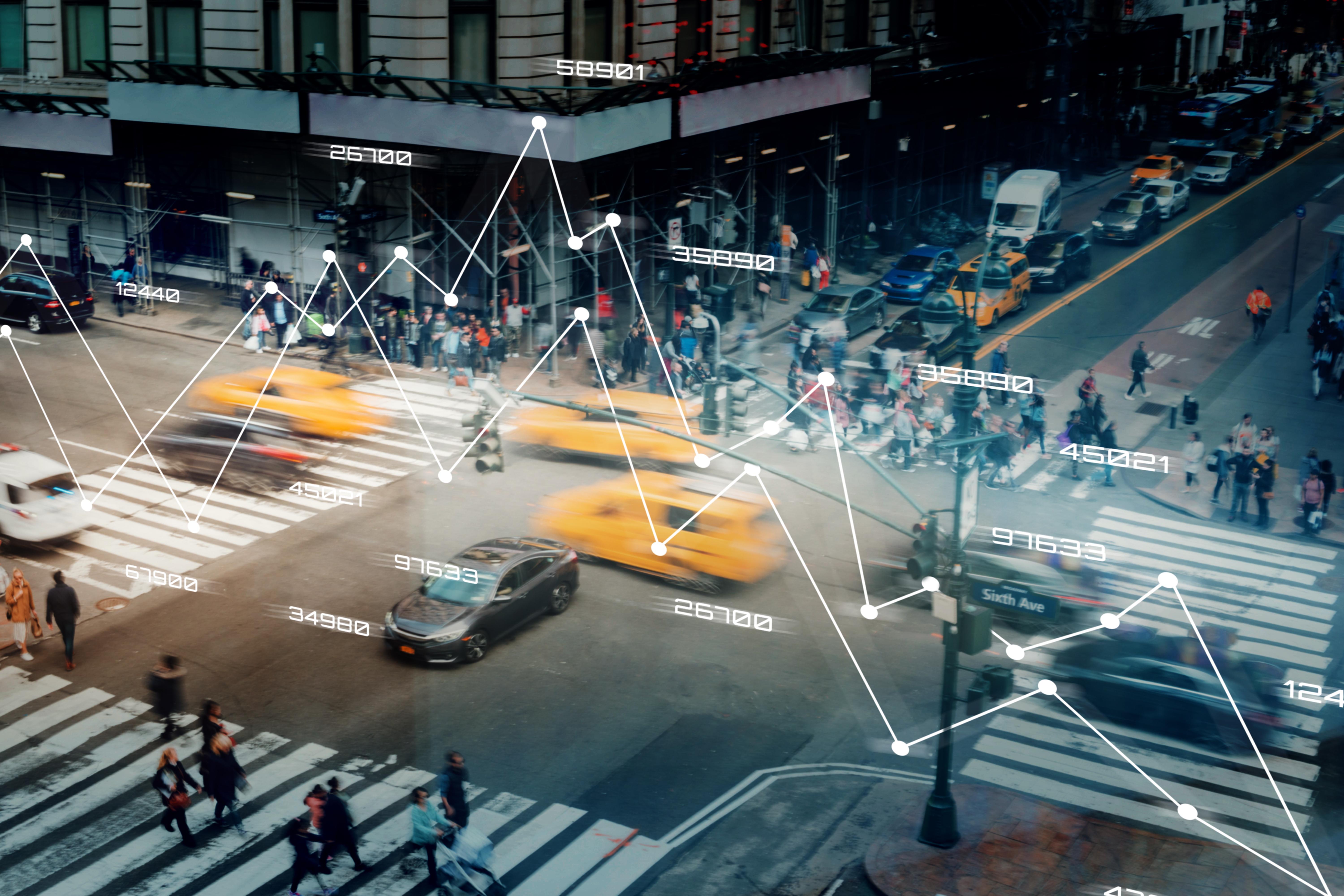info@sadi.co.ke
+254727368241
Smart cities rely on real-time decision-making to keep everything from traffic systems to energy grids running smoothly. Edge AI is emerging as the key technology to make this possible, enabling data to be processed locally, right where it is generated, instead of relying solely on distant cloud servers.
By moving computation closer to the source—whether it’s a traffic camera, a smart streetlight, or a connected vehicle—Edge AI reduces latency and allows faster responses. For example, traffic signals equipped with edge intelligence can instantly adapt to congestion, rerouting vehicles and easing flow without waiting for instructions from a centralized system.
The benefits extend beyond transportation. In energy management, Edge AI can optimize power distribution in real time, balancing renewable sources like solar and wind with local demand. Public safety systems can also benefit, with smart cameras detecting anomalies and alerting authorities within milliseconds.
For citizens, this means a city that reacts proactively to their needs, creating safer, more efficient, and sustainable urban environments. Businesses also stand to gain, as localized AI opens up new opportunities in logistics, retail, and smart infrastructure services.
However, deploying Edge AI in smart cities comes with challenges. Ensuring security and privacy at the local device level is critical, as is managing the cost and complexity of integrating AI into existing infrastructure. Scalability is another hurdle—what works at one intersection must also work across an entire city.
As technology matures, Edge AI will become the backbone of smart cities, ensuring that decisions are made not just intelligently, but also instantly. This shift represents a move toward cities that think on their feet—fast, local, and always connected.
 September 24, 2025 - BY Admin
September 24, 2025 - BY Admin